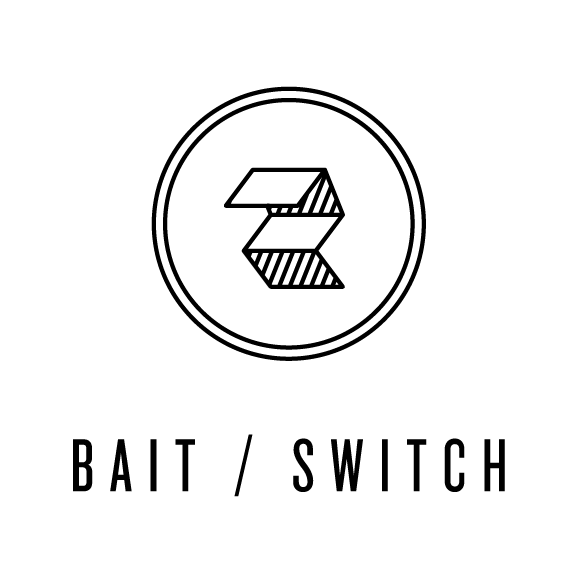Heroes in Broad Strokes
Superhero comics are superb at creating icons. Everybody knows that. Major characters are so familiar, they can often be identified just from a silhouette, like Wonder Woman with her lasso and Batman with his weird bat… antennae? Of course, when they’re filled in with details and of information about their personalities. Naturally, the use of color does most of the heavy lifting in the first impression department. The visual shorthand provided by color is so ingrained, I didn’t even notice until it was pointed out to me that heroes nearly always wear primary colors and villains generally sport secondary.
This isn’t absolute, of course. There are exceptions here and there, but they are far outweighed by those who conform to this basic rule. Classic superheroes like Superman, Spider-Man, Thor, Wonder Woman, the Flash, Iron Man, Captains America and Marvel, the Fantastic Four, and the X-Men are all heroically presented as majestic role models in red, blue, and yellow. And who are their iconic villains? The Joker, Loki, Doctors Octopus and Doom, Mr. Mxyzptlk, Green Goblin, the Riddler, Poison Ivy, and loads more, all decked out in combinations of green, purple, and orange. If you felt like it, you could find 6,000 more examples by bedtime.
Even Batman is known to work blue and yellow into his black and gray. And sure, the Hulk is famously green, but he’s also a terrifying monster, so that still counts. Same with the big orange Thing. Magneto sends a mixed message in red and purple, but he’s sort of a moral fence sitter anyway. You get the idea. It’s also uncanny how many heroes who wear green or purple actually started out as villains.
This pattern is particularly clear with characters created in the 1960s and earlier. I just assumed it had something to do with old-timey printing processes, and it did. CMYK printing made bright primaries easy to render, so your hero who appeared on every page would generally be made of those. They were bold and impressive and easy to root for, particularly in the US, where red, white, and blue represents patriotism. Secondary colors were visually interpreted as more mysterious, sinister, or toxic.
Even characters who came about in modern times follow suit, well outside of comics: Sailor Moon, Spongebob, Optimus Prime, the Incredibles, Sonic the Hedgehog, Pikachu, the houses of Gryffindor and Slytherin. Sometimes the script is flipped and we have a Darkwing Duck in purple but it’s a deliberate variation on the theme.
We grew accustomed to this visual language long ago. It’s comfortable, so the tradition is still carried on. If we’re aware that we’re doing this, though, are we sure anymore which is the cause and which is the effect? Does Mario wear a red hat because he’s a hero, or is he a hero because he wears a red hat? Do we automatically assign admiration to our boys in blue and mistrust to little green men? Color is so saturated with symbolism in our culture; are we aware of how much we’re influenced by it?
Your homework is to take a serious look at your wardrobe, your home décor, your cubicle walls. What colors do you use to present yourself? You might be surprised by what you find.


